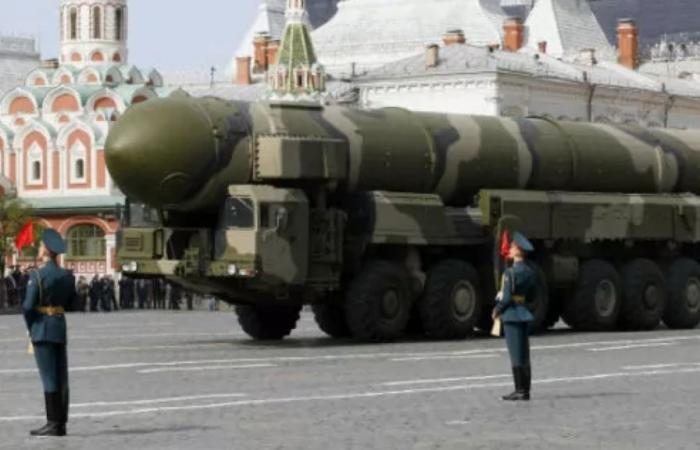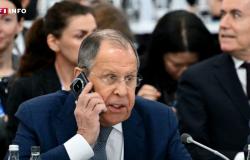
” Hazelnut “. This is the name given by Vladimir Putin to this missile fired at the city of Dnipro this Thursday. “ Oreshnik”, in Russian, worries the international community, because described by Vladimir Putin as an intercontinental missile.
This new missile, “hypersonic”, according to the Russian president, is not completely identifiable. The most likely hypothesis comes from the Pentagon which evokes a derivative of the RS-26 missile: the RS-26 Rubezh. According to Libération, Russia is developing this large 36-ton ballistic missile in 2011. It can carry four nuclear warheads and has a range that can reach Europe from the place where it was fired on Thursday, in the southwest of Russia.
A range of 5800 km
This missile is already the subject of geopolitical controversy. In fact, it is not generally considered an intercontinental missile. The RS-26 is a missile between two categories: that of a medium-range missile, from 3000 to 5500 kilometers, and that of an intercontinental missile greater than 5500 kilometers. The official range of the RS-26 Rubezh is 5800 km, much more than the distance between Paris and Moscow which is 2850 km.
Officially, work on this missile was interrupted in 2018. The reason is precisely that it appeared to be very limited with the International Treaty on Intermediate-Range Nuclear Forces non-proliferation of nuclear weapons ratified in 1988 by the United States and Russia. Finally, this treaty was abandoned in 2019 by the United States, accusing Russia of violating it. The latter only half hides it, it has criticized this restrictive treaty since 2007.
Action…reaction
According to The Guardian, Russia had already hinted that it would complete the development of an intermediate-range ballistic missile (IRBM) system after Washington and Berlin agreed last April to deploy US long-range missiles in Germany at from 2026.
This Russian missile launch comes in a tense geopolitical context. On Monday, outgoing US President Joe Biden gave authorization has Ukraine to fire long-range missiles. The man at the head of Russia since 1999 speaks of a war now “of a global nature” and threatens the use of nuclear weapons. Yet official Russian military operations remain limited to Ukraine.





